Headlight Fog and How To Fix It
Depending on what part of the world the headlight was manufactured/assembled in can have an effect on fogging headlights, or the climate around you. It's a really common and sometimes hard-to-avoid problem, but we'll explain what causes it, and some ways to avoid and fix it.
"Help, my headlights have fog inside!"
"How do I fix moisture in my headlights?"
"Why is there WATER in my headlights?"
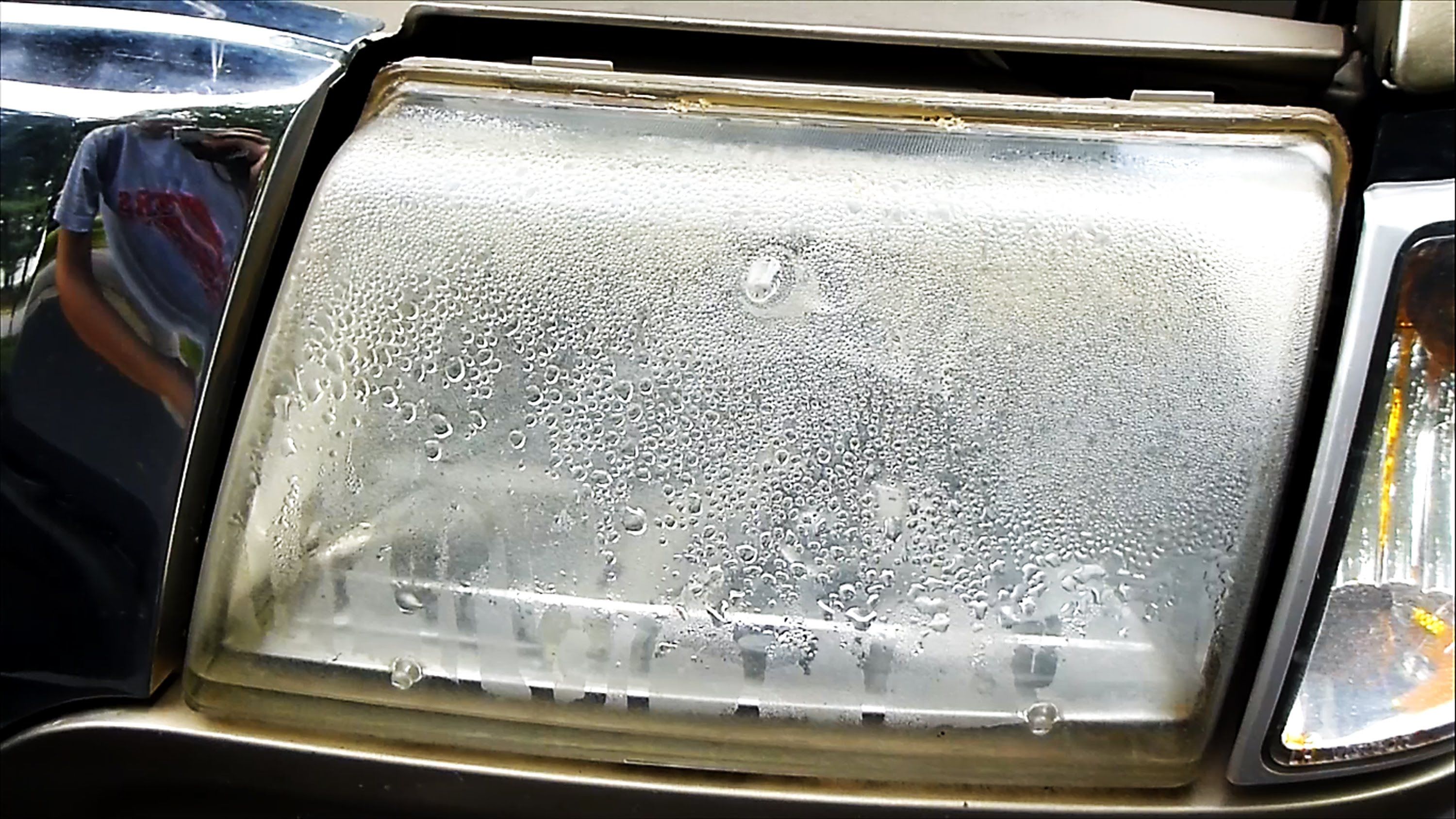
First, what causes fog, water, or moisture in your headlight? There are several reasons...
All modern headlights are ventilated through small holes at the top and bottom. Ideally, they allow a gentle flow of air through the assembly. If there was no ventilation there would be no way for the condensation ever to disappear. The reason for condensation in the first place is the same as why a cold beverage can will 'sweat' when outside on a hot day - only this time the sweating is on the inside of your headlight. It's normally caused by a difference in temperature inside and out.
For a sweating beverage can, it's cold on the inside and hot outside - so they can sweat on the outside.
For headlights, it's hot on the inside due to the light bulb, and cold on the outside (at least - colder than a light bulb burning...) - so the headlight sweats on the inside.
The venting is supposed to fix/prevent this phenomenon from happening, but if the vents are damaged, plugged, or missing all that moisture will become trapped inside and form water droplets, sometimes even pooled water, inside the assembly.
Climate can cause fogging too!
It is also believed that the climate in which the headlight was manufactured or assembled can be a root cause of the moisture, fogging, or condensation. Let's say for example your headlight was manufactured in a warm and humid climate like some parts of China - and then shipped to a dry and arid climate like Arizona... It's possible that the moisture from the manufacturer's climate can:
A: Be trapped inside the plastics used during manufacturing, and off-gas later as it cures or is in use.
B: Be trapped inside the air in the headlight housings and form moisture in the different climates.
The most common reason is a broken seal.
Headlights are normally manufactured by forming a backside housing, and a front side lens, and then gluing them together with one of several methods. Sometimes that method is a plastic weld, sometimes it's sealed with a gasket and clips, and most commonly it's sealed up with a dense rubbery product called butyl. In any of these scenarios - if the seal fails you will get moisture inside your headlight. There's no real good way to test this, and it could be broken ANYWHERE around the housing.
The best solution to repair a suspected broken seal is to simply re-seal the entire thing. Open the headlight, remove all the old sealant, and replace it with new. Here's a video that demonstrates how to disassemble a headlight, and installs a new butyl sealant:
NOTE: DO NOT DO THIS PROJECT UNLESS YOU ARE A TRAINED PROFESSIONAL. It will be very easy to do more harm than good if you aren't accustomed to doing this type of work. We recommend you hire a professional who has experience with these types of projects.
Is fogging in your headlight really bad?
No, it's just like your windows misting up, or a cold can sweating in the summer. In the same way, it disappears of its own accord unless the seal is damaged. The only difference between humidity inside your headlights, or inside your car is in your car you can turn on a fan to cool down and circulate air quickly. Whereas there is no fan in the headlight, except in those fitted with LEDs.
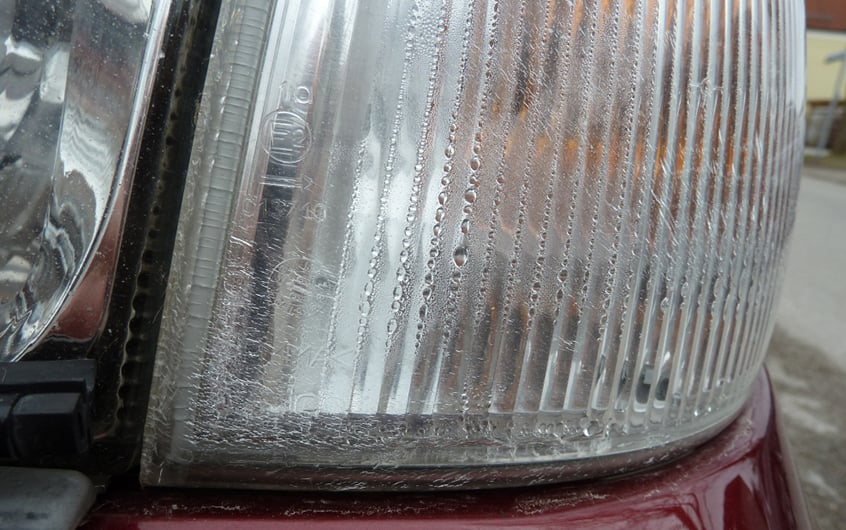
Does moisture fog in the headlight have any adverse effects on the light?
This would only be the case if the condensation extended up to the part of the lens from where light is emitted in front of your vehicle. It would then cause the light to be unevenly distributed, resulting in glare for oncoming drivers. Generally speaking, however, condensation affects only those parts of the lens that are outside the light emission zone. Condensation particularly likes to collect at the bottom in the sharp-angled corners that designers work into the housings. Ventilation has a hard time reaching these nooks and crannies which is why you may see droplets pooling.
It is not a great thing to have water in your headlight though. It can create corrosion that may damage electrical components, LEDs, wiring, and permanently damage chrome or discolor your lenses from the inside. If you have an isolated case of moisture or fogging a good way to deal with it is to remove the light bulb and dust cover, in a dry environment, and use a medium-powered hair dryer to blow warm dry air into and circulate through the headlight.
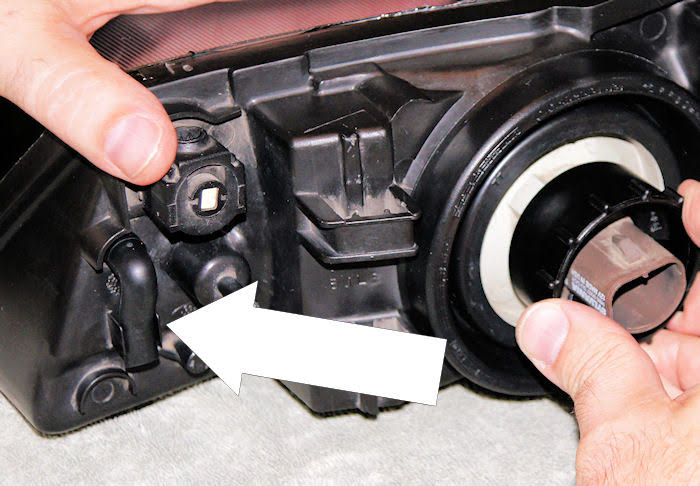
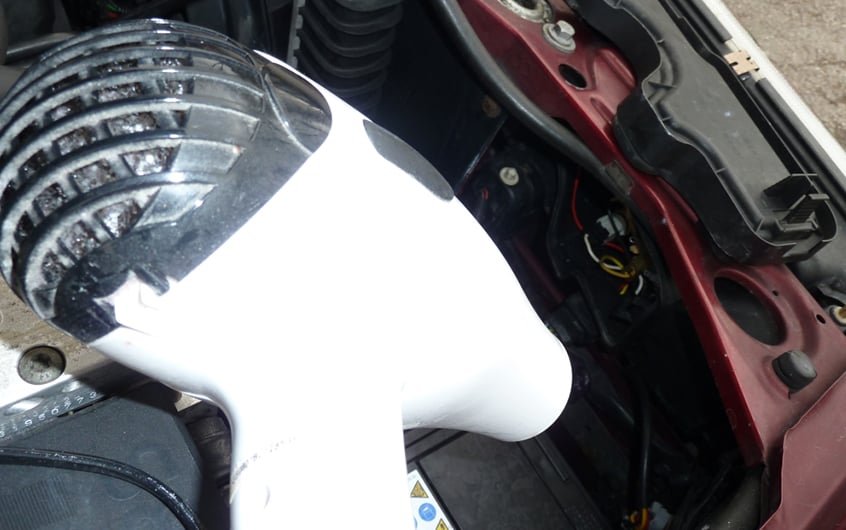
What can I do to prevent fogging?
It is not possible to prevent it entirely. In fact, most car manuals say precisely that. Humid summer days and cold winter days provide ideal conditions for this phenomenon that so many car owners find unattractive.
Sometimes, in certain cars, it can take quite a long time for condensation to go away. Some headlight models are simply more prone than others. The 2017 - 2019 Ford F350 Superduty for example has a lot of moisture/fogging issues right off the dealership lot, and Ford says it's normal and not a warranty item.
In most cases ADDING ventilation will make the problem worse... Do not add more vents, or run without the dust cover, or add any holes. That will just allow MORE moisture to come inside your headlight. Ideally, the headlight would be a sealed environment with enough ventilation to let moisture OUT but not IN.
I washed my engine and now there are smears and water in my headlights - HELP!
This is residue from the detergent used when washing or the oils have blown off different surfaces inside the engine compartment. The high-power jets in a car wash or your pressure washer can force these contaminants into the headlight housing. Unlike pure water that has condensed from humidity in the air (in other words 'fogging'), oil and detergent deposits will not disappear of their own accord. So never aim a jet of water directly at the back of any headlight!
There is standing water in my headlight - what do I do?
That's not fogging or 'condensation'. In most cases, this is called water ingress and your headlight has a leak. This can happen from a small crack or a broken seal. There are various reasons for this. Car accidents, massive sun damage over time, manufacturing defects, or bugs! Yep, bugs... Insects have been known to cause issues on headlight assemblies.



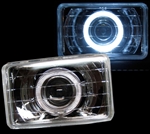
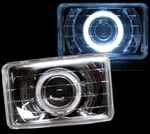

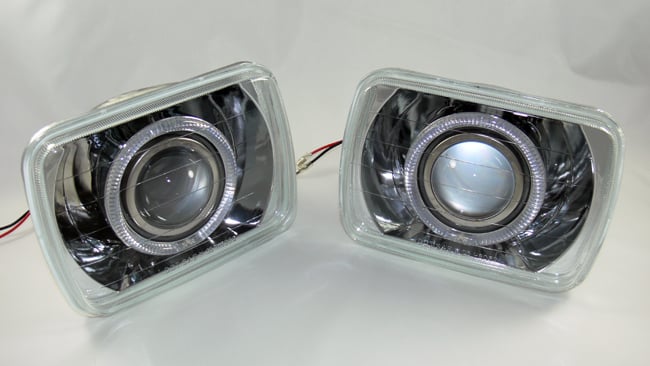
.png?width=300&height=87&name=logo%20(1).png)